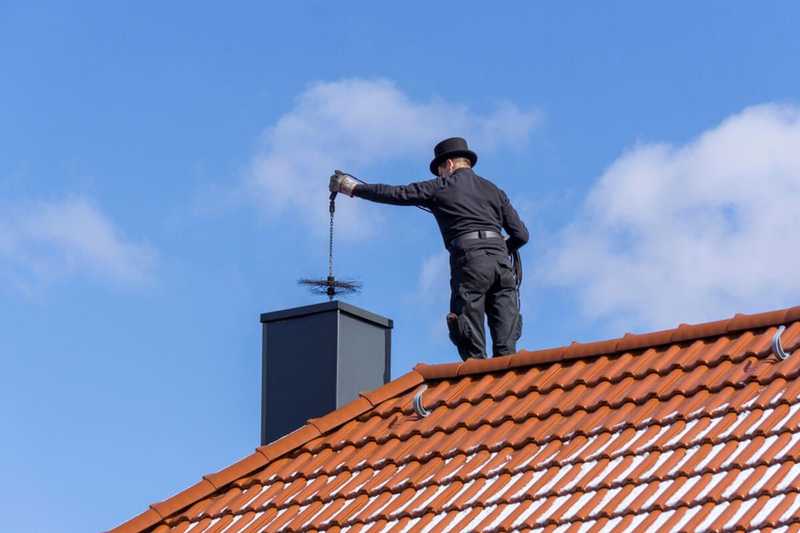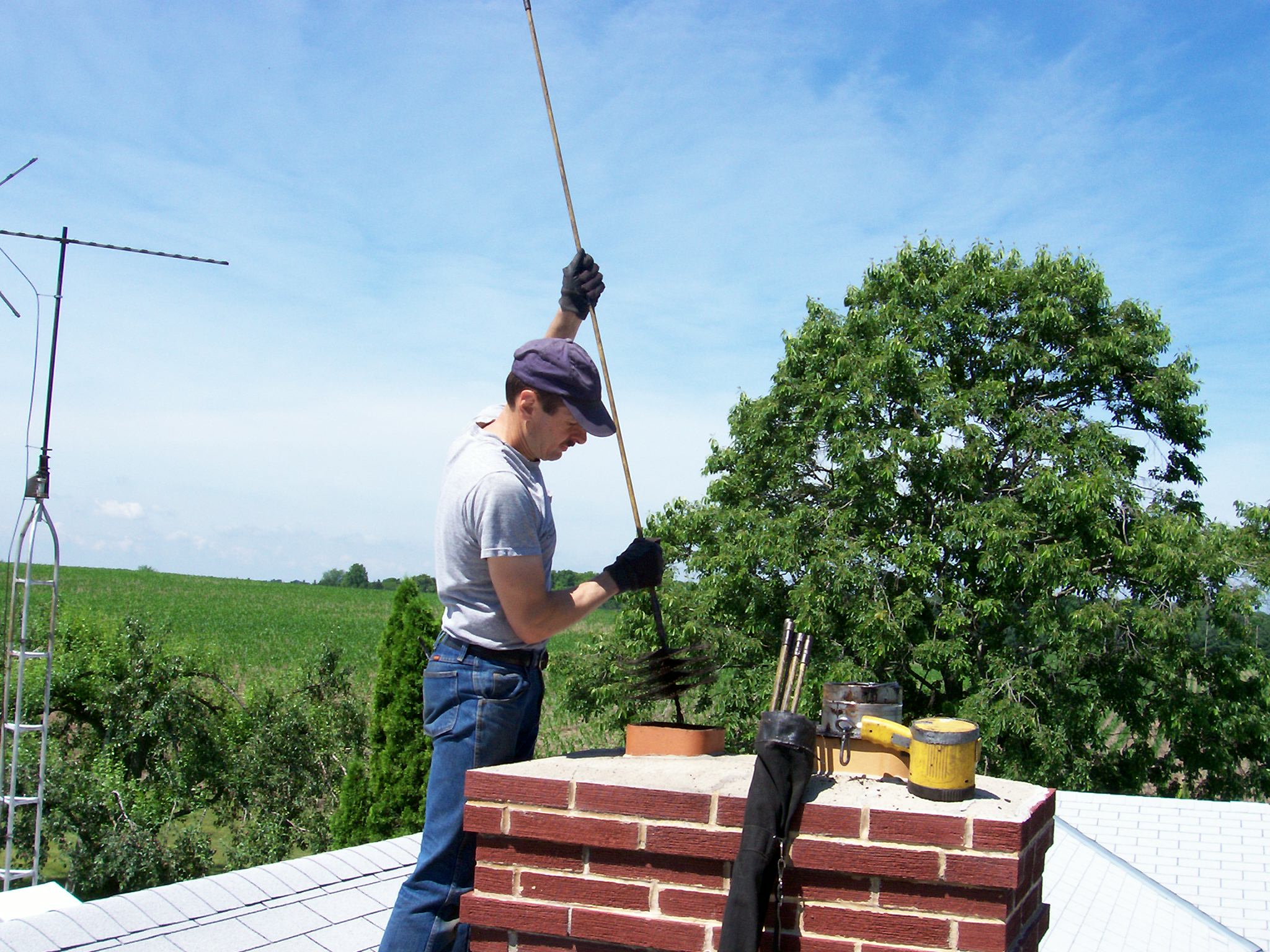How to Identify Usual Problems That Require Chimney Repair Work in Your Home
Identifying common issues that demand chimney repair work in your home is critical for maintaining both safety and efficiency. Regular examinations can reveal considerable signs such as creosote buildup, noticeable splits, and indicators of wetness invasion. What are the details steps one can take to guarantee their smokeshaft stays in optimum condition?

Indicators of Creosote Buildup
One of one of the most crucial signs of smokeshaft concerns is the build-up of creosote, a byproduct of timber combustion. This material types when smoke cools down and condenses on the walls of the smokeshaft, resulting in a thick, tar-like residue. Gradually, creosote build-up can posture substantial security hazards, consisting of a boosted risk of chimney fires.
House owners must be attentive in observing indications of creosote buildup. One main sign is the visibility of a strong, poignant odor originating from the smokeshaft or fireplace, especially during cooler months when the fire place is in use. chimney cleaning san jose. In addition, dark, shiny deposits on the chimney flue or in the firebox may indicate extreme creosote build-up
Normal assessments can aid determine the level of the issue. It is suggested that a professional smokeshaft sweep carries out a yearly inspection to examine creosote degrees and carry out required cleansings. If house owners notice any kind of modifications in the performance of their fire place, such as decreased draft or problem in beginning a fire, it might indicate a creosote issue. Attending to these signs quickly is important to keeping a risk-free and efficient smokeshaft system.
Noticeable Splits and Damages

Noticeable splits and damage in a chimney can function as substantial warning indicators of underlying structural problems that may require instant attention. These blemishes can arise from different factors, including temperature changes, resolving of the home, and damage of products gradually. It is vital to analyze both the exterior and interior of the smokeshaft for any kind of signs of fracturing, spalling, or falling apart masonry.
Fractures can vary in size and significance. Hairline fractures might show minor settling, while larger cracks might signal a much more serious structural concession. Additionally, damaged mortar joints can bring about additional destruction if not dealt with immediately. Homeowners must additionally understand any kind of leaning or tilting of the smokeshaft, as this can position safety and security dangers and suggest fundamental issues.
Regular assessments by a certified expert can recognize these visible signs early, avoiding more extensive repairs down the line. If you discover any fractures or damage, it is advisable to seek advice from a smokeshaft specialist that can evaluate the circumstance and suggest appropriate repair service alternatives (chimney cleaning san jose). Ignoring visible cracks can cause boosted expenses and potential risks in the future, highlighting the relevance of prompt treatment
Water Leakages and Moisture
Determining water leakages and wetness intrusion in a chimney is crucial for keeping the integrity of both the chimney structure and the home. Water infiltration can lead to significant damage with time, including structural damage, mold growth, and jeopardized safety. One of the most usual signs of moisture problems is the existence of efflorescence, which looks like white, powdery down payments on the smokeshaft's exterior. This takes place when water evaporates, leaving behind mineral salts.
Additionally, property owners need to evaluate for indications of water spots on indoor wall surfaces or ceilings near the chimney, as these might suggest leakages. Regular assessment of flashing, the material that seals the chimney to the roofing system, is crucial. Harmed or incorrectly mounted flashing can allow water to seep into the chimney structure.
During heavy rainfall or snowmelt, take notice of merging water near the chimney base or on the roofing. This official website can represent inappropriate water drainage or clogs that require to be addressed. Normal maintenance and prompt fixings are important in protecting against moisture-related problems, making certain the chimney continues to be practical and safe for use.
Undesirable Smells

An additional prospective source of smell is animal intrusion. Birds, raccoons, or other wild animals might nest in the smokeshaft, resulting in the decay of natural products, which creates nasty smells. In such instances, it is critical to attend to the issue without delay to ensure both the security and comfort of your home.
In addition, stationary air in a smokeshaft can contribute to moldy smells, commonly indicating a lack of proper air flow. Maintaining appropriate air movement is necessary to avoid these concerns and guarantee the effective procedure of your chimney system.
Regular inspections and cleansing by an expert can assist identify and correct these odor-related problems, securing your home from future issues.
Poor Draft and Smoke Issues
A persistent poor draft in a chimney can significantly prevent the efficient operation of a fireplace or timber oven, bring about smoke-related issues that jeopardize indoor air top quality. This problem typically results in smoke billowing back right into the home, producing pain and possible wellness dangers for owners.
Numerous factors can contribute to bad draft problems. Obstructions triggered by creosote accumulation, debris, or animal nests can prevent proper airflow, requiring smoke to reverse direction. Furthermore, an improperly sized flue or chimney can hinder ventilation, making it hard for smoke to run away efficiently.
Climate condition, such as strong winds or reduced air pressure, can also affect chimney performance, worsening draft problems. House owners may see signs like excessive smoke, sticking around odors, or trouble beginning fires.
It is essential to resolve these problems quickly, as extended direct exposure to smoke can lead to respiratory system issues and other health and wellness problems. i loved this Routine chimney examinations and upkeep are necessary to identify and remedy bad draft problems. Consulting a specialist look at here chimney sweeper can ensure complete cleansing and evaluation, recovering ideal performance to your smokeshaft system and improving the safety and security of your home.
Verdict
In recap, normal assessment of smokeshafts is crucial for recognizing typical problems that require fixing. Attending to these problems proactively can enhance the security and efficiency of the chimney system, inevitably stopping much more severe damages and ensuring optimum efficiency.